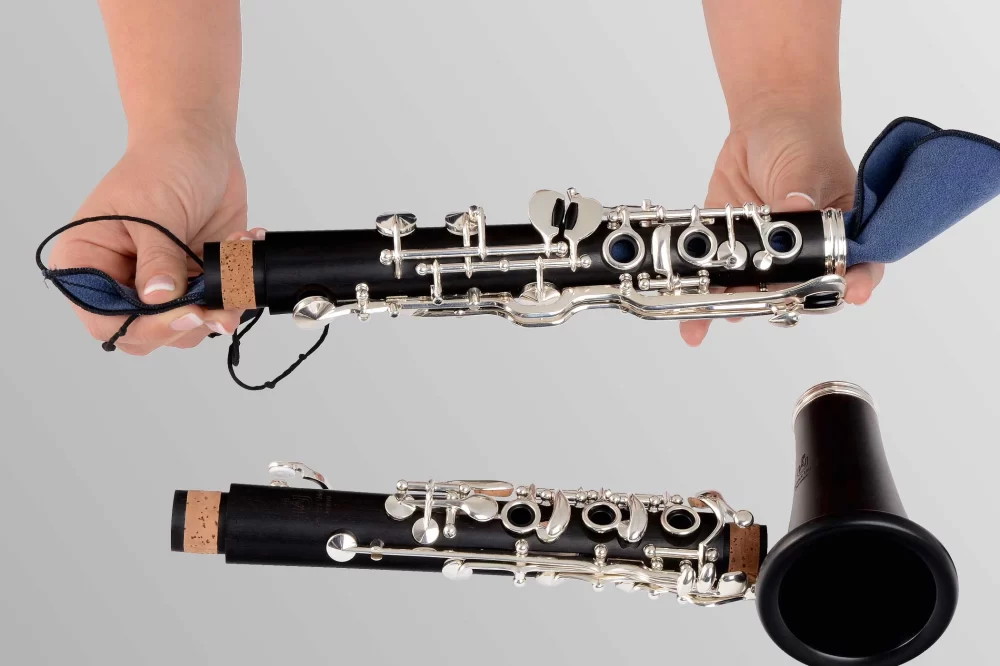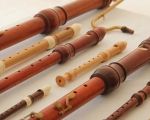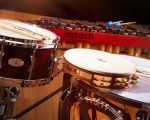
Why Proper Care for Your Woodwind Instrument is Essential
As a woodwind player, I've learned that caring for my instrument is just as important as practicing. When I first started playing the clarinet, I didn’t give much thought to maintenance, but over time, I realized how crucial it was. A well-maintained woodwind instrument not only sounds better but also lasts longer, saving you money and time in repairs. Whether you're playing the flute, clarinet, saxophone, or any other woodwind instrument, proper care is key to ensuring it remains in peak performance condition.
The Basics of Woodwind Instrument Care
Woodwind instruments are delicate and require attention to detail to keep them functioning properly. I quickly found that regular cleaning and maintenance can prevent buildup, ensure longevity, and avoid costly repairs. When I was a beginner, I didn’t know where to start with caring for my instruments. After speaking with seasoned players and repair technicians, I realized that caring for a woodwind involves three main areas: cleaning, maintaining the pads and keys, and storing the instrument properly.
1. Cleaning Your Woodwind Instrument
Cleaning is the most important aspect of maintaining your woodwind. After each practice or performance, I make sure to clean my instrument thoroughly. Even if I only played for a short time, cleaning helps prevent moisture buildup, which can damage both the pads and the interior of the instrument. Whether you play the flute, saxophone, or clarinet, here are some basic cleaning steps I follow to keep my instruments in good shape:
For Flutes
Cleaning a flute is relatively simple. After every session, I wipe down the body and the headjoint using a soft, lint-free cloth. This helps remove fingerprints, sweat, and moisture that can build up after playing. I also use a small cleaning rod and a cloth specifically designed for the flute to clean the inside of the tube. Flutes should always be stored in their case when not in use, as this helps avoid any dust or debris from entering the instrument.
For Clarinets
Clarinet players must pay special attention to the mouthpiece and reed. I clean the mouthpiece with warm water and a brush after each use to remove residue. Additionally, I make sure to swab the inside of the clarinet with a cleaning cloth or swab to dry up any moisture left behind after playing. I always store my clarinet in a case to avoid any accidental damage to the keys and pads. It's also important to rotate your reeds and ensure they are properly stored in a reed case to prevent them from warping.
For Saxophones
Saxophones require slightly more attention due to their size and the complexity of the mechanism. After playing, I always swab out the body of the saxophone to remove any moisture that has accumulated. I also clean the neck and mouthpiece with a small brush and water. I make sure the pads stay dry, as moisture can cause them to become sticky or damaged. Finally, I apply a light coat of oil to the key mechanisms, which helps keep them moving smoothly.
2. Maintaining the Pads and Keys
One of the most common issues woodwind players face is problems with pads and keys. I learned the importance of maintaining the pads early on, as worn or damaged pads can cause air leaks, which affect the sound and playability of the instrument. I check the pads regularly for wear and tear. If they become uneven, it can lead to key misalignment, which affects the tone and tuning of the instrument.
How to Protect the Pads
To protect the pads, I make sure to close the keys gently and avoid forcing them when assembling or disassembling the instrument. Keeping the instrument dry is crucial—moisture can cause the pads to swell and create leaks. In addition, I recommend using a cleaning swab after each use to ensure that moisture doesn’t settle on the pads. If I notice any issues with the pads, such as leaks or a decrease in sound quality, I take the instrument to a professional repair technician for adjustment.
Maintaining the Keys
The keys of a woodwind instrument are intricate, and regular maintenance is necessary to ensure smooth operation. I lubricate the key rods lightly with key oil to keep them moving smoothly. I also check for any loose screws or parts that may need tightening. If a key is not functioning properly, it can cause unwanted noises or be difficult to press, which affects the overall performance of the instrument. Regularly checking for any signs of wear and tear on the keys will help avoid more significant issues later.
3. Storing Your Woodwind Instrument Properly
Storing your instrument correctly is just as important as cleaning and maintaining it. I always make sure my woodwind instruments are stored in a case, away from temperature extremes, humidity, and direct sunlight. For example, I never leave my clarinet or flute in a hot car or in a damp room. Heat and humidity can warp the wood or damage the pads, which can lead to expensive repairs.
Best Practices for Storing Your Instrument
For long-term storage, I recommend loosening the tension on the pads and making sure the instrument is dry. I also make it a habit to store my saxophone with the mouthpiece removed to prevent pressure on the pads. I’ve found that investing in a good-quality case that offers protection from bumps and temperature fluctuations is essential. When storing a flute, I make sure to remove the headjoint and clean it thoroughly before putting it away.
4. Regular Check-Ups and Professional Maintenance
Even though I try to maintain my woodwind instruments on my own, I always schedule regular check-ups with a professional technician. Over the years, I’ve realized that even small issues, such as a slight misalignment of a pad or key, can affect the sound quality. Taking your instrument for a yearly check-up helps ensure that everything is functioning properly. A technician can also help with any repairs that are beyond what I can handle on my own.
Why You Should See a Technician
I learned that a professional technician can clean and adjust the key mechanisms, replace worn pads, and fix any issues that arise from regular wear. The best part is that a well-maintained instrument feels like a brand-new instrument, even after years of use. It's worth the investment in professional maintenance to keep your woodwind in top playing condition.
Final Thoughts on Caring for Your Woodwind Instrument
Caring for your woodwind instrument might seem like a lot of work at first, but it becomes second nature once you establish a routine. Regular cleaning, proper storage, and occasional professional check-ups are essential to keep your instrument playing well for years to come. Whether you play the flute, clarinet, saxophone, or any other woodwind, taking the time to care for your instrument ensures it stays in peak condition, allowing you to focus on what matters most—playing music.








